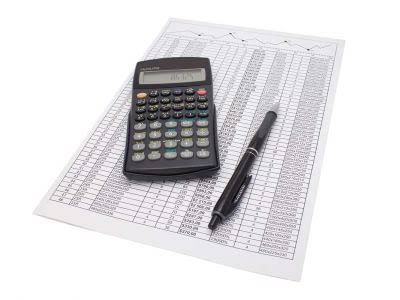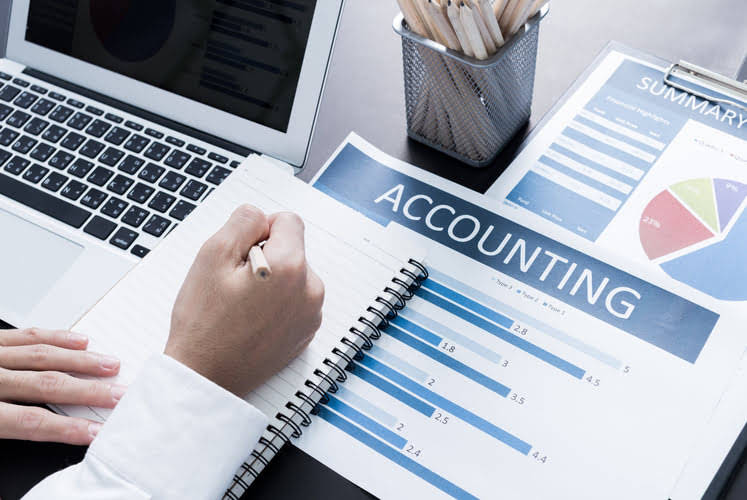Intersecting planes are planes that are not parallel and they always intersect along a line. The below figure shows the two planes, P and Q, intersect in a single line XY. Therefore, the XY line is the common line between the P and Q planes. The two connecting walls are a real-life example of intersecting planes.
Parallel planes
In this discourse, we’ll elucidate the essence of planes in geometry, detailing their distinctive attributes and multifaceted applications. From crafting geometric figures to troubleshooting and fostering technological innovations, planes play a pivotal role in grasping spatial arrangements and configurations. In another branch of mathematics called coordinate geometry, points are located on the plane using their coordinates – two numbers that show where the point is positioned. To achieve this, the plane is thought to have two scales at right angles.
They help engineers visualize the layout of a space and ensure that structures are built accurately. These two types of planes play an important role in understanding spatial relationships and measurements in geometry. They provide a framework for analyzing and visualizing objects in 3D space. Hence, anyone side of a geometrical figure like a cube, a cuboid is considered to be a plane.
A line is represented by two arrows at each end to indicate that it extends endlessly in both directions. Renaissance artists, in developing the techniques of drawing in perspective, laid the groundwork for this mathematical topic. There are many other projective planes, both infinite, such as the complex projective plane, and finite, such as the Fano plane. In math, a plane can be formed by a line, a point, or a three-dimensional space. There is an infinite number of plane surfaces in a three-dimensional space.
A flat surface with no thickness is a’ plane’ in geometry. You can think of parallel planes as sheets of cardboard one above the other with a gap between them.Parallel planes are the same distance apart everywhere, and so they never touch. Parallel planes in geometry are planes that never intersect.
- However, this viewpoint contrasts sharply with the case of the plane as a 2-dimensional real manifold.
- Normally, the three parameters in coordinate axes are taken as x, y, and z parameters.
- Without planes, we would not be able to understand the world around us.
- Since a plane is two-dimensional, this means that points and lines can be defined as existing within it, as they have less than two dimensions.
Point Normal Form:
A point is defined as a specific or precise location on a piece of paper or a flat surface, represented by a dot. The figure shown above is a flat surface extending in all directions. A plane is called metrical if the incidence relation is accompanied by a definition of distance between any pair of points. A plane consisting of a finite number of points, and thus of straight lines, is called finite 7. By recognizing parallel planes, mathematicians and engineers can make accurate calculations and predictions about how objects or structures will behave in space.
Euclidean Geometry:
A Euclidean plane with a chosen Cartesian coordinate system is called a Cartesian plane. Planes are two-dimensional, but they can exist in three-dimensional space. Non-collinear points occur when 3 or more points do not exist on a shared straight line. A plane may also refer to an aircraft, a stage, or a tool to cut flat stuff.
Math & ELA PreK To Grade 5
Understanding these properties enables us to accurately analyze and manipulate objects in three-dimensional space. With an activity like this, students begin to use math vocabulary but, more important, tie it to math concepts. Parallel planes are planes that never intersect, no matter how far they are extended. When we draw on a flat piece of paper we are drawing on a plane …
The elliptic plane may be further defined by adding a metric to the real projective plane. One may also conceive of a hyperbolic plane, which obeys hyperbolic geometry and has a negative curvature. In three-dimensional space, planes are all the flat surfaces on any one side of it. For example in the cuboid given below, all six faces of cuboid, those are, AEFB, BFGC, CGHD, DHEA, EHGF, and ADCB are planes. The mutual disposition of planes in various $m$-dimensional spaces is determined by the corresponding incidence axioms, as is the incidence property for planes and straight lines. The coefficients $A, B, C$ of which define the coordinates of the normal vector for this plane.
Normally, the three parameters in coordinate axes are taken as x, y, and z parameters. This is a geometric aspect where two values or parameters are required to find the position of a point, line, or shape. Normally, the two parameters in coordinate axes are taken as x and y parameters.
Dimensional Space:
- When we talk about planes in geometry, we are usually referring to geometric planes.
- Parallel planes are planes that never intersect, no matter how far they are extended.
- A few examples of polygons are triangles, squares, and rectangles.
- When we draw on a flat piece of paper we are drawing on a plane …
Plane Geometry is all about shapes on a flat surface (like on an endless piece of paper). In three-dimensional space, a plane can be defined by three-point which lie in different lines. In algebra, the points are plotted in the coordinate plane, and this denotes an example of a geometric plane. The coordinate plane has a number line, extending left to right endlessly and another one extending up and down infinitely. A line is a set of points that stretches infinitely in opposite directions. The points that lie on the same line are called collinear points.
There are several examples of parallel planes, such as the opposite walls of the room and the floor. Well, we know the coordinates of a point that lies on the plane, so if we substitute these values into the equation, it will give us \(d\). Remember, the coordinates of the point is in the form \((x,y,z)\). Planes can be found if there are different parameters given.
Planes in geometry possess several key properties that make them fundamental in understanding spatial relationships. Firstly, planes have infinite size and shape, extending infinitely in all directions. It allows for a wide range of applications across different fields.
We could move in straight lines, circles, or anything, so long as we never go up or down. But a “plain” is a treeless mostly flat expanse of land … It is also flat, but not in the pure sense we use in geometry. Except that the paper itself is not a plane, because it has thickness! A few examples of polygons are triangles, squares, and rectangles.
Perpendicular planes are planes that intersect at right angles. In geometry a “plane” is a flat surface with no thickness. A polygon is a closed shape formed by straight line segments.
They also intersect to create lines or other shapes and can be parallel. In architecture and engineering, planes design structures and definition of a plane in geometry determine spatial relationships. In computer graphics, planes help create realistic 3D models and simulate immersive environments. Understanding the properties and applications of planes is essential for solving geometric problems and creating visually stunning digital images.

.jpeg)
.jpeg)





